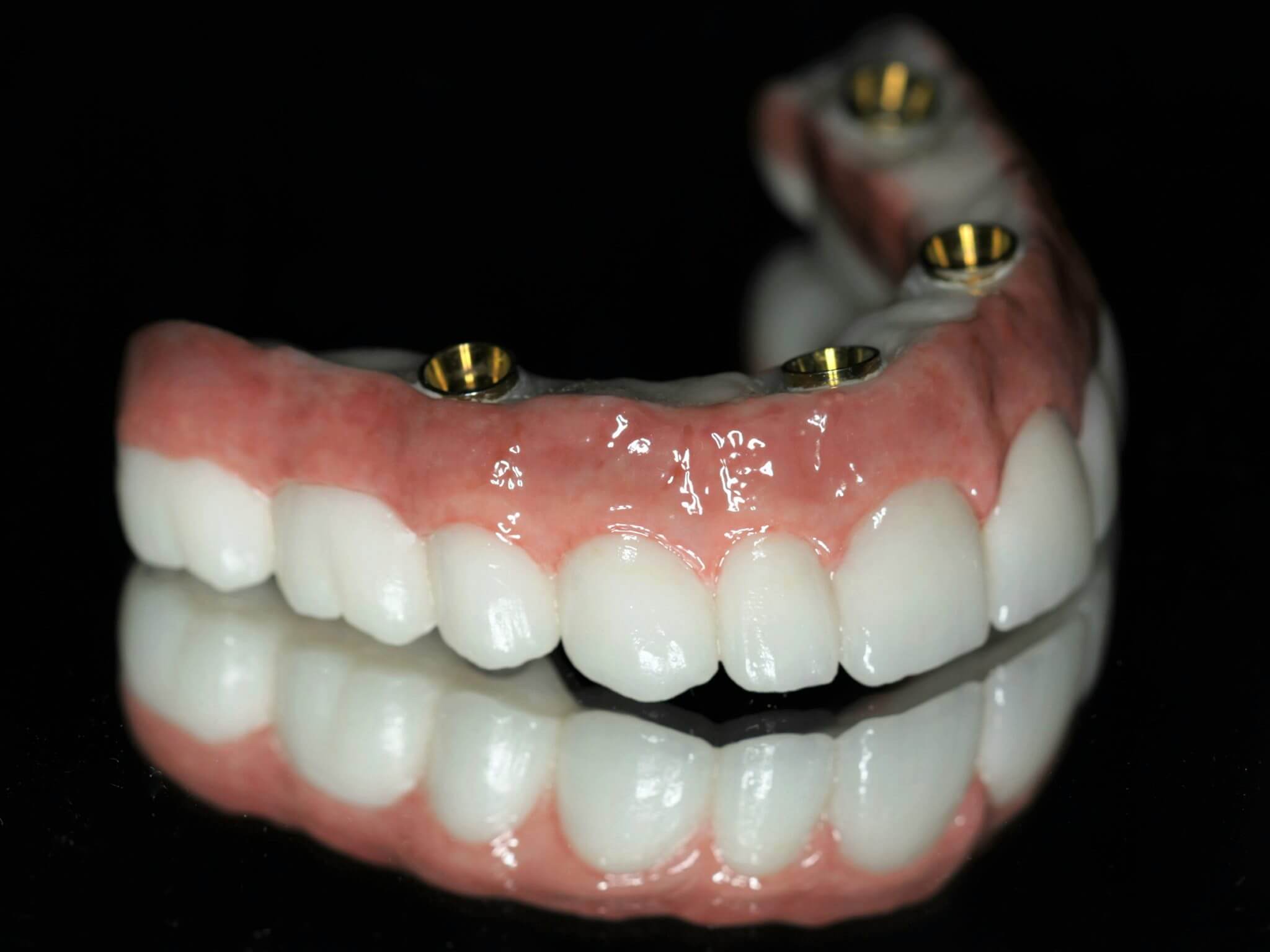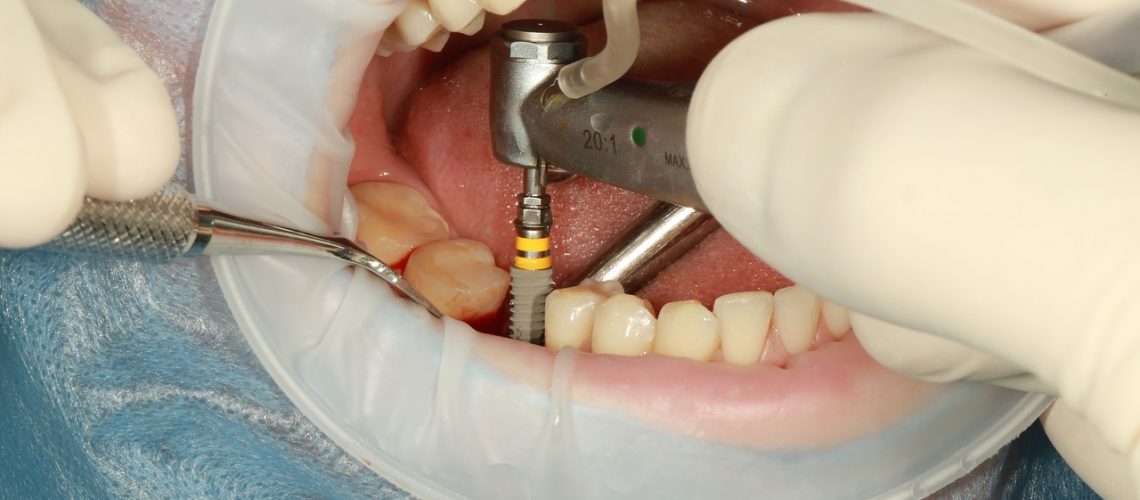The 8-Second Trick For Dental Sense
Getting The Dental Sense To Work
Table of ContentsDental Sense Fundamentals ExplainedLittle Known Facts About Dental Sense.Unknown Facts About Dental SenseThe 10-Minute Rule for Dental Sense
are medical devices operatively implanted right into the jaw to recover a person's capacity to chew or their appearance. They supply support for man-made (phony) teeth, such as crowns, bridges, or dentures. When a tooth is lost due to injury or illness, a person can experience complications such as rapid bone loss, faulty speech, or changes to chewing patterns that cause discomfort.Oral implant systems are composed of a dental implant body and oral implant abutment and may also include a joint fixation screw. Dental implants. The oral implant body is operatively put in the jawbone in location of the tooth's root. The oral implant abutment is normally attached to the dental implant body by the abutment addiction screw and prolongs via gums into the mouth to support the affixed man-made teeth
(http://www.askmap.net/location/7224225/united-states/dental-sense)Framework of The Oral Implant System selecting dental implants, talk to your oral copyright regarding the prospective advantages and risks, and whether you are a prospect for the procedure. Things to think about: Your total wellness is a crucial consider figuring out whether you are a great candidate for dental implants, how much time it will certainly require to heal, and for how long the dental implant may remain in place.
Smoking cigarettes might affect the recovery process and reduce the long-lasting success of the implant. The recovery procedure for the dental implant body might take several months or longer, throughout which time you typically have a short-lived abutment instead of the tooth. the dental implant procedure: Carefully follow the oral health guidelines provided to you by your oral provider.
The Dental Sense Statements
Implant failing can result in the need for an additional surgery to deal with or change the implant system. Brings back the capacity to chew Recovers aesthetic look Helps keep the jawbone from diminishing because of bone loss Maintains the health of the surrounding bone and periodontals Assists keep surrounding (nearby) teeth stable Enhances lifestyle Damages to surrounding natural teeth throughout dental implant positioning Injury to the surrounding cells throughout surgery, such as sinus perforation Injury during surgery (for instance, crack of bordering jawbone) Inadequate function, such as feeling like the teeth do not bite together normally An experience that the tooth is loose or turning in place resulting from an abutment screw loosening Implant body failure (looseness of the implant body) due to systemic infection, which may be most likely in clients with unrestrained diabetes due to regional infection in bone and periodontals supporting the dental implant body as a result of postponed healing, which might be more probable in individuals who smoke Difficulty cleaning the gums around the dental implant, leading to poor dental health Unattended periodontal disease Post-surgical feeling numb due to nerve impingement or damage Constantly notify healthcare carriers and imaging professionals that you have oral implants before any magnetic resonance imaging (MRI) or x-ray treatments.
FDA is not familiar with any type of unfavorable events reported for MRI or x-ray procedures with dental implants. Oral implants systems are typically constructed from materials that follow global consensus criteria of the International Organization for Standardization (ISO) or ASTM International. These criteria have information of what makes a risk-free material.

An oral implant is a structure that replaces a missing out on tooth. With screw-like tools, the cosmetic surgeon inserts an implant right into the jawbone, and it acts as an anchor for an artificial tooth, called a crown.
Examine This Report on Dental Sense
Some individuals are not qualified for dental implant surgical procedure. It is for oral specialists to operate people with: intense illnessuncontrollable metabolic diseasebone or soft tissue condition or infectionIf these concerns are settled, an individual can have the surgery. In, oral surgeons refrain from operating individuals with: If people with any of the above undergo oral implant surgical treatment, there is a greater risk of the dental implant stopping working.

Oral dental implant surgery is an individualized procedure. It's not the very same for every person. Yet the following provides a general introduction of what you can anticipate your dentist, oral surgeon, periodontist or prosthodontist to do: Place the dental implant surgically. Provide you time to heal. Connect the article and last crown, bridge or denture.
Next off, your specialist will very carefully put the oral implant right into your jaw. If your implant is near the front of your mouth, your dentist will certainly make a short-term tooth for you to put on till you heal.
Unknown Facts About Dental Sense
Your provider can tell you what to anticipate in your circumstance. Throughout the healing stage, your jawbone ought to fuse to the dental implant. This procedure, called osseointegration, is vital for security and lasting success. This process can take anywhere from 3 to 9 months. In some situations, it might take longer.
Once your implant heals, your dental practitioner can connect the joint (small connector message) and your last repair (crown, bridge or denture). This usually takes concerning one hour to finish and may call for a 2nd minor surgical treatment. You should not really feel any kind of discomfort throughout your dental implant treatment since your company will utilize medication to numb your periodontals.